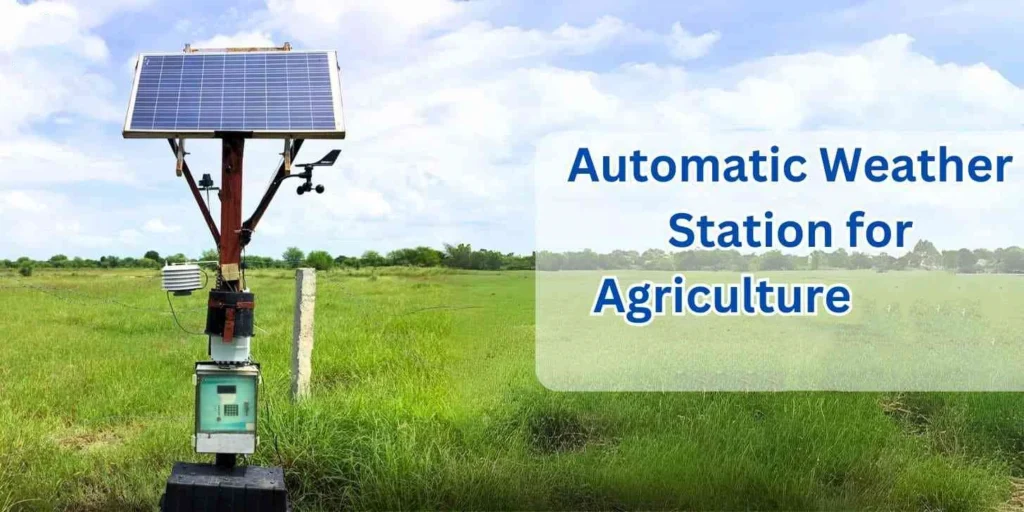
# AWS Weather Station: Real-Time Environmental Monitoring Solution
## Introduction to AWS Weather Station
The AWS Weather Station is a cutting-edge solution designed to provide real-time environmental monitoring for various applications. Whether you’re managing agricultural operations, conducting scientific research, or simply tracking local weather patterns, this system offers reliable and accurate data collection.
## Key Features of the AWS Weather Station
### Comprehensive Data Collection
The AWS Weather Station captures a wide range of environmental parameters including:
– Temperature
– Humidity
– Wind speed and direction
– Rainfall
– Barometric pressure
– Solar radiation
### Cloud Integration
One of the standout features of the AWS Weather Station is its seamless integration with Amazon Web Services. This allows for:
– Automatic data upload to the cloud
– Remote access to weather data from anywhere
– Scalable storage solutions for long-term data retention
– Easy integration with other AWS services for advanced analytics
## Applications of AWS Weather Station
### Agricultural Monitoring
Farmers and agricultural professionals can use the AWS Weather Station to:
– Optimize irrigation schedules
– Monitor microclimates across large fields
– Predict frost events
– Track growing degree days for crop management
### Research and Education
Scientific institutions and educational facilities benefit from:
– High-quality environmental data for research projects
– Hands-on learning opportunities for students
– Long-term climate monitoring capabilities
– Customizable data collection parameters
## Technical Specifications
The AWS Weather Station is built with durability and accuracy in mind:
– Industrial-grade sensors with high precision
– Weatherproof housing for all-weather operation
– Low-power consumption design
– Modular architecture for easy maintenance and upgrades
– Multiple communication options (Wi-Fi, cellular, satellite)
## Setting Up Your AWS Weather Station
### Installation Process
Setting up your weather station involves:
– Selecting an optimal location (open area, away from obstructions)
– Mounting the station securely
– Connecting to power and network
– Configuring data upload settings
– Calibrating sensors as needed
### Data Visualization and Analysis
Once operational, users can:
– Access real-time dashboards
– Set up custom alerts for specific conditions
– Export data for further analysis
– Create automated reports
– Compare current data with historical trends
## Why Choose AWS Weather Station?
The AWS Weather Station stands out from competitors because of:
– Enterprise-grade reliability
– Seamless AWS ecosystem integration
– Flexible deployment options
– Continuous software updates and improvements
– Comprehensive technical support
## Future Developments
The AWS Weather Station platform is constantly evolving with planned enhancements including:
– AI-powered weather prediction models
– Expanded sensor compatibility
– Enhanced mobile app functionality
– Deeper integration with IoT ecosystems
– Improved energy efficiency features
## Conclusion
For organizations and individuals needing accurate, reliable environmental monitoring, the AWS Weather Station provides a robust solution with the power of cloud computing. Its combination of high-quality hardware and sophisticated software makes it an excellent choice for a wide range of applications where weather data is critical.
Keyword: aws weather station
